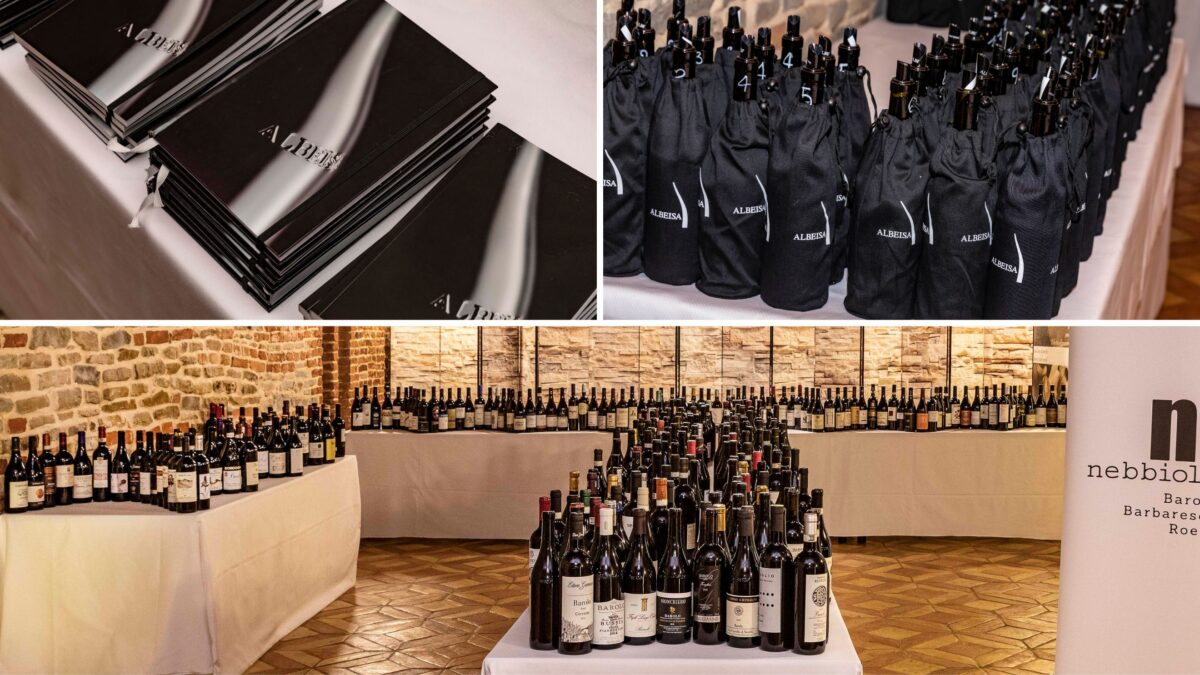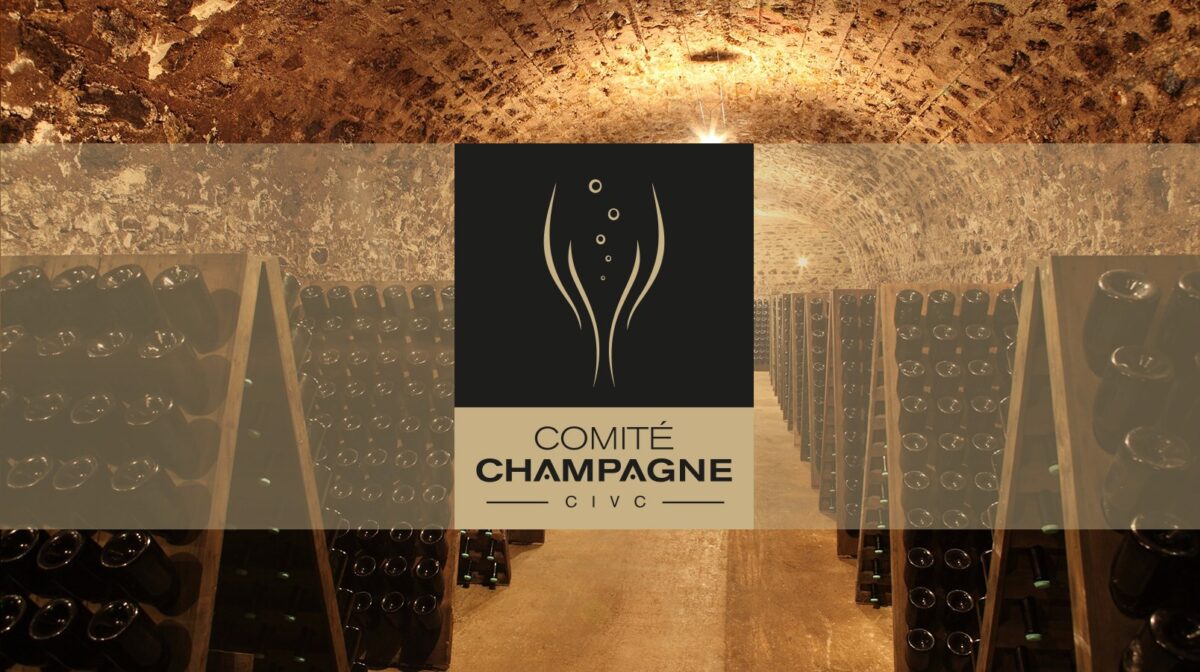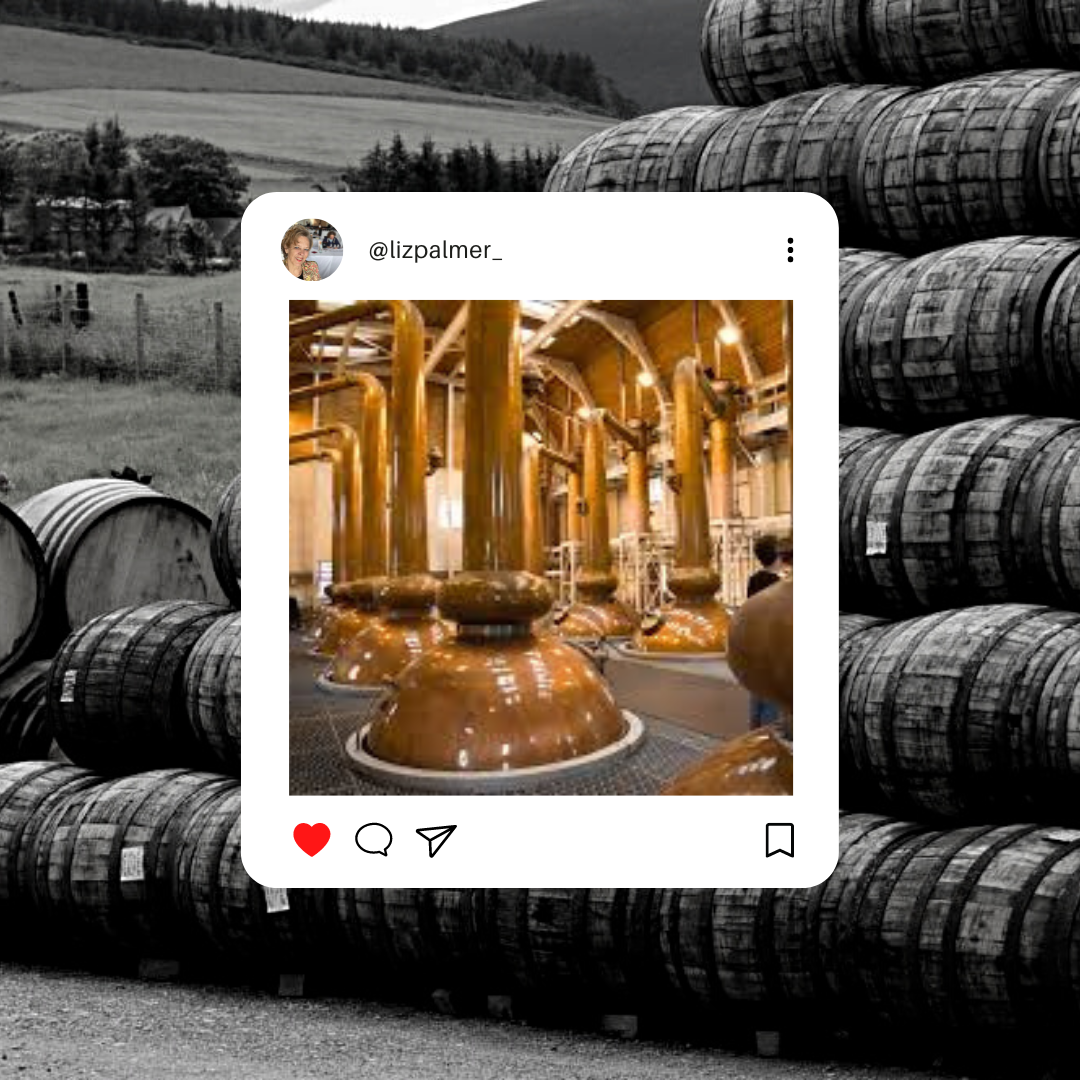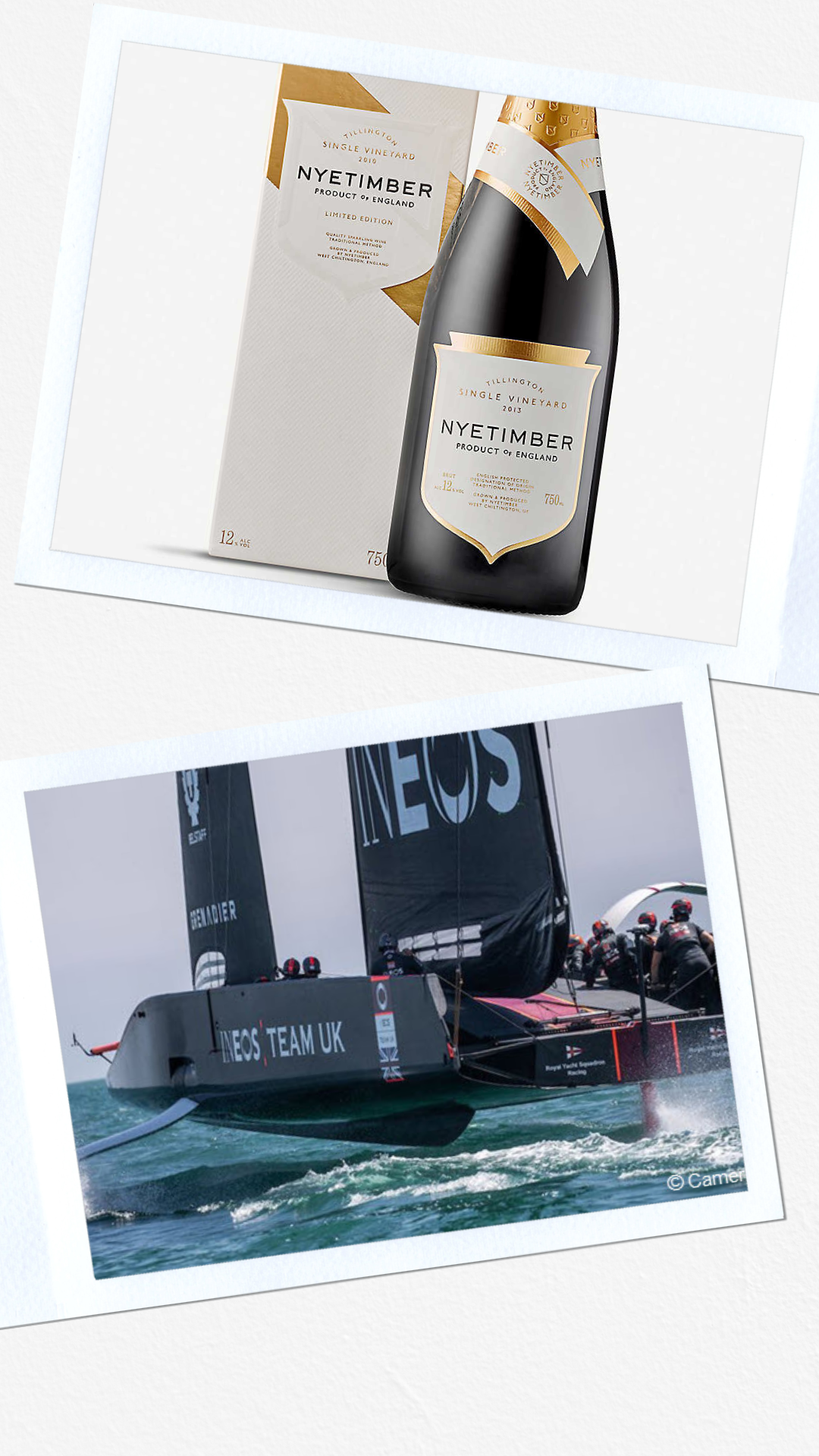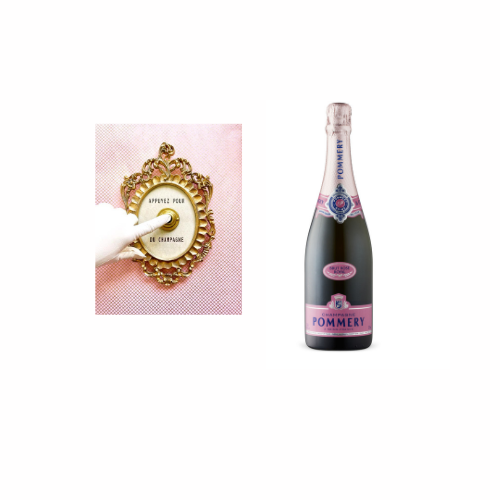Each year the prominent arrival of Nebbiolo Prima has grown in importance and now represents the first opportunity to assess the new vintages of the champions of Piedmont: Barolo, Barbaresco and Roero. The Albesia consortium (Unione Produttori Vini Albesi) has been organizing this event for 26 years now. Founded to promote the great wines of the Alba region to the world, Albesia has given its name to the uniquely shaped and marked bottle that dates back to the 18th century Piedmontese master glassmakers. The Unione Produttori Vini Albesi remains today the entity that regulates and promotes the usage of the bottle. Albeisa represents 301 members who produced 21 million bottles in 2020.
This year, Nebbiolo Prima has organized an exclusive tasting with four days dedicated to the noblest of Italian native grape varieties: Nebbiolo, and its expression in the Barolo, Barbaresco and Roero territories. The name Nebbiolo comes from the Italian word “nebbia” which means fog or mist. A demanding yet sensitive grape that can truly express its originality and complexity when grown on the right south-facing slope in a rich, calcareous tufa-based soil such as those found in Barolo, Barbaresco and Roero.
This year participants had the chance to review and taste 311 wines produced by the 180 wineries represented at the event. At the tasting, all denominations and sub-zones were presented blind: DOCG Barolo 2019 and Riserva 2017, DOCG Barbaresco 2020 and Riserva 2018, and DOCG Roero 2020 and Riserva 2019, all the wines were a revealing testimony to the multitude of features that make up our incredible terroir.
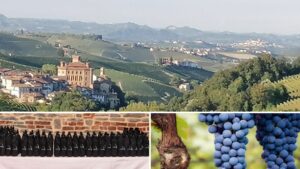
Roero
Roero is that section of land located to the north of Alba town, in the province of Cuneo, on the left bank of the river Tanaro, between the plain of Carmagnola and the low hills of Asti. Compared to neighboring wine-growing areas it has a remarkable variety of landscapes with woods and orchards bordering the vineyards. Another unique characteristic of the Roero landscape is the Rocche, steep slopes dividing the territory from southwest to northeast, from Pocapaglia to Montà, separating the continental gravel and fluvial clay-based soils from those of marine origin, where the vine finds its ideal conditions.
wine denomination DOCG (controlled and guaranteed designation of origin) | grape | minimum ageing | released on the market |
| Roero Docg | 95% Nebbiolo 5% other non-aromatic red grape | 20 months, of which 6 in wood | from the 1st July of second year after the harvest |
| Roero Docg Reserve | 95% Nebbiolo 5% other non-aromatic red grape | 32 months, of which in 6 wood | from the 1st July of third year after the harvest |
Barbaresco
One of the first Italian Doc wines in 1966 and, in 1980, one of the first Docg wines. The area of production includes the entire territory of the villages of Barbaresco, Treiso and Neive, plus part of the territory of the Alba municipality.
wine denomination DOCG (controlled and guaranteed designation of origin) | grape | minimum ageing | released on the market |
| Barbaresco Docg | 100% Nebbiolo | 26 months, of which 9 in wood | from the 1st January of third year after the harvest |
| Barbaresco Docg Reserve | 100% Nebbiolo | 50 months, of which 9 in wood | from the 1st January of fifth year after the harvest |
Barolo
The Grand Italian wine by definition, Barolo is made in eleven ‘communes’ or village territories: Barolo itself, La Morra, Monforte, Serralunga d’Alba, Castiglione Falletto, Novello, Grinzane Cavour, Verduno, Diano d’Alba, Cherasco, Roddi. Unlike Barolo, these communes are only permitted to cultivate Nebbiolo for Barolo on a part of their territory.
wine denomination DOCG (controlled and guaranteed designation of origin) | grape | minimum ageing | released on the market |
| Barolo Docg | 100% Nebbiolo | 38 months, of which 18 in wood | from the 1st January of fourth year after the harvest |
| Barolo Docg Reserve | 100% Nebbiolo | 62 months, of which 18 in wood | from the 1st January of sixth year after the harvest |
I really wish to thank Liz Palmer, who kindly proposed for me to participate and report on the Nebbiolo Prima 2023, representing her website and blog together with Riccardo Margheri.
See you in Piedmont!
#wine #winelovers #wineevent #italy #italianwinelovers #nebbiolo #barolo #barbaresco #langhe #roero #nebbioloprima2023 #italianwine #Piedmont #albeisawines #winetasting #winetourismm#winejournalist #wineinfluencer

